I have created a simple example in order to understand what is going on with the current through combination of resistors (parallel and in series) in a electrical circuit. I ask my self to calculate the current through resistor R3.
R1 is in parallel with R2 (R1||R2) and R2 in series with R3.So $$R_{eq} = \frac{5*4}{5+4}+R3 = \frac{20}{9}+8=\frac{92}{9} \approx 10.222$$.
Now the current that flows through R1 is (I use the current division here):
$$ i_{1} = \frac{i}{R_1}\left(\frac{R1*R2}{R1+R2}\right) = i\left(\frac{R2}{R1+R2}\right) =\frac{16}{3}=5.333 $$
for i_2
$$ i_{2} = \frac{i}{R_2}\left(\frac{R1*R2}{R1+R2}\right) = i\left(\frac{R1}{R1+R2}\right) =\frac{60}{9}=6.666 $$
Both currents i_1 and i_2 add up to the current that the source is giving to the circuit.And now because R3 is in series with R2 the current is the same for R3. Am I correct here? Or I am missing something?
Edit


